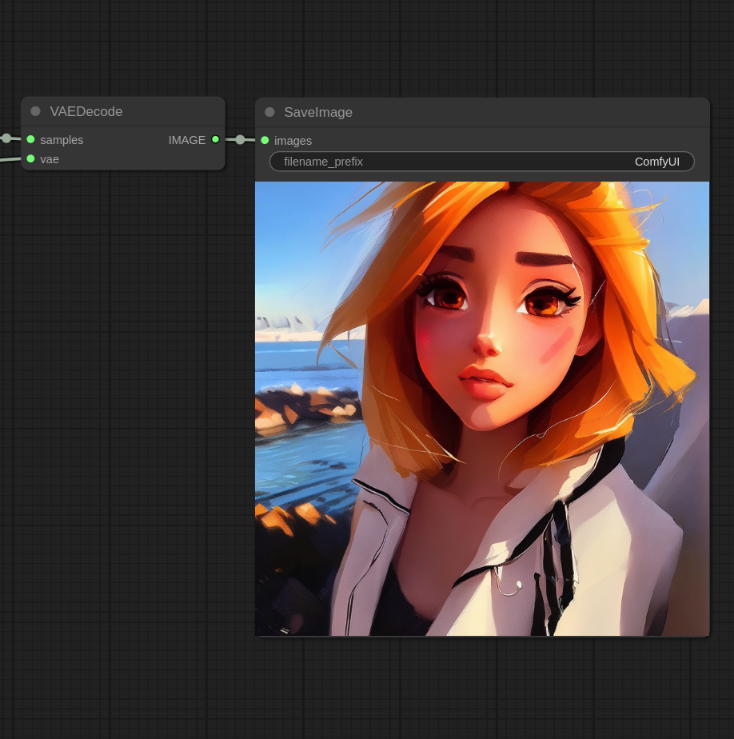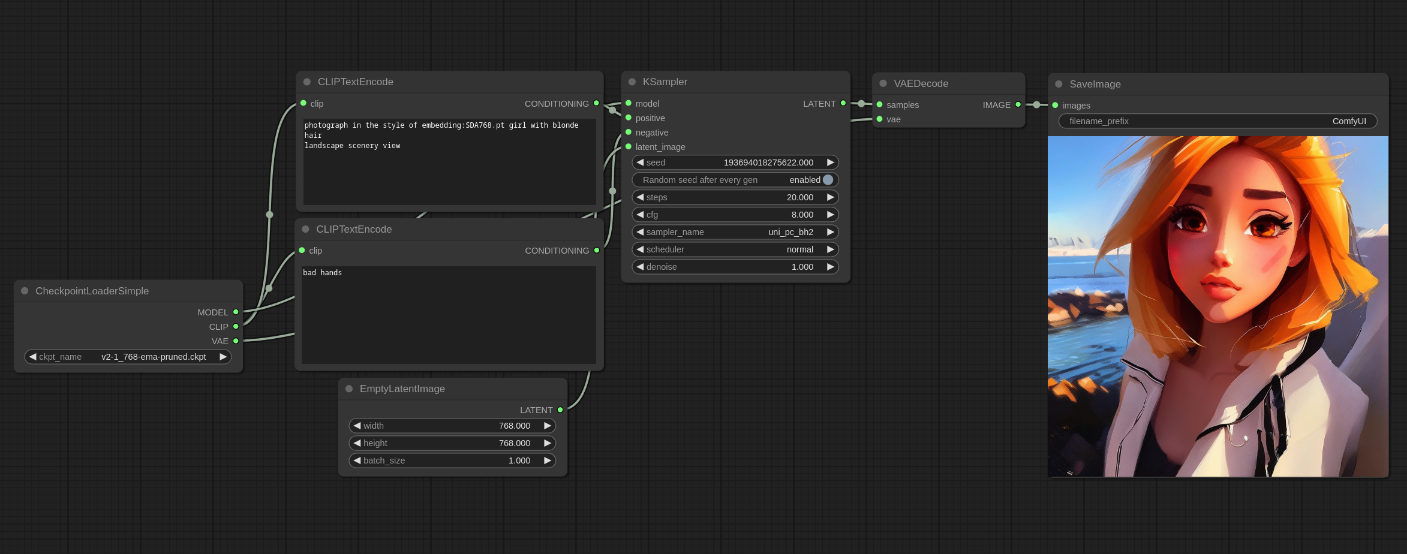Recently, the rapid development of artificial intelligence (AI) technology has brought many changes to our lives. Particularly, texture inversion embedding has made an innovative leap in the field of image generation. Today, we will explore the potential and application of this technology through examples of texture inversion embedding.
What is Texture Inversion Embedding?
Texture inversion embedding is a technology where AI learns a texture or a specific image and utilizes it to generate new images. For example, an AI that has learned the texture of a cat can create various forms of cat images based on that knowledge. This is similar to how we learn words and form sentences.
How to Use Texture Inversion Embedding
Using texture inversion embedding is very simple. First, prepare the trained embedding file. This file is stored in the model’s embeddings folder. Then, invoke the embedding file in a prompt to generate images. For example, here is how to use the SDA768.pt embedding file:
embedding:SDA768.ptYou can also omit the file extension:
embedding:SDA768Adjusting Embedding Strength
The strength of the embedding can be adjusted within the prompt. This is similar to adjusting the intensity of a word. For instance, you can set the embedding strength as follows:
(embedding:SDA768:1.2)By adjusting the strength, you can determine how much the embedding will influence image generation.
Examples of Using Texture Inversion Embedding
Let’s take a look at a real-world example of using texture inversion embedding.

If you have trained an embedding with a cat’s texture, you can generate a red cat image by using a prompt like “red embedding:cat”. This demonstrates how embeddings operate within a text prompt.
Conclusion
Texture inversion embedding has brought revolutionary changes to AI image generation technology. With this technology, we can create more creative and diverse images, which will be useful in many industries. Try utilizing this technology yourself. Texture inversion embedding will elevate your creativity to the next level.
Reference: ComfyUI, “Textual Inversion Embeddings”
